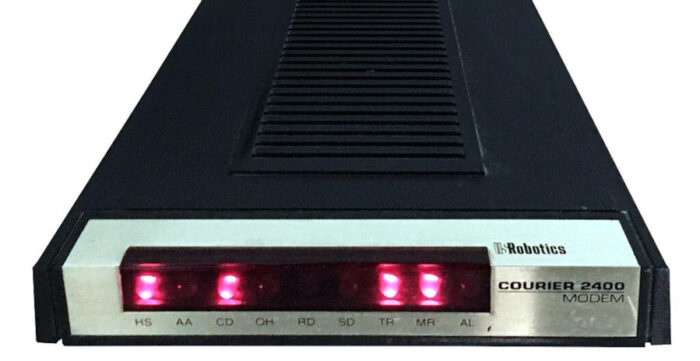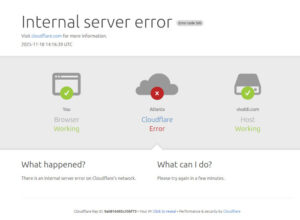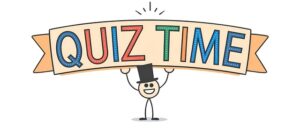After 34 years of beeps, boops, and busy signals, AOL is finally hanging up on dial-up. One last ‘you’ve got mail’ before an internet era fades into history.

From chat rooms to “you’ve got mail,” AOL’s dial-up days are done. The company, whose initials once stood for America Online, has quietly announced it’s lowering the curtain on a nostalgic slice of internet history. The company said in an undated notice so short it could’ve been an aside, that it’s putting an end to a service that once solidified its position as the world’s most-used ISP.
“AOL routinely evaluates its products and services and has decided to discontinue Dial-up Internet,” the notice read. “This service will no longer be available in AOL plans. As a result, on September 30, 2025, this service and the associated software, the AOL Dialer software, and AOL Shield browser, which are optimized for older operating systems and dial-up internet connections, will be discontinued.”
In other words, right after fall officially arrives and the nights grow longer than the days, dial-up effectively becomes a thing of the past — which seems like pretty appropriate timing.
AOL Dial-Up’s Heyday
Originally a walled garden online environment that was separate from the internet (or ARPANET and Usenet), AOL became the largest online service in the US, surpassing competitors like CompuServe and The Source, which were other private “internets” back in the day.
In 1993, it introduced its own email service and metered internet access that charged by the hour, and in 1996 began offering unlimited dial-up access with no meter for $19.95. By 1997, about half of all US homes online accessed the internet through AOL, and by 2000, AOL was the nation’s biggest ISP, serving over 20 million subscribers and dominating the internet access market.
The company’s aggressive marketing activities made it a household name, and something of an aggravation. Throughout the late 1990s and early 2000s, unsolicited CDs from AOL became a constant in American mailboxes — arriving weekly or even more often. These discs offered free trials — or hundreds of free hours — for new AOL accounts, and were part of an aggressive marketing campaign that blanketed not just mailboxes, but cereal boxes, airline seat pockets, magazines, and even packages of frozen Omaha Steaks.
Dial-up connections over telephone lines were destined to be short-lived however, as their maximum speed of 56 kilobits per second — blazingly fast in 1995 — quickly came to be seen as a snail’s pace. By around 2006, AOL’s CD mailings had begun to dwindle as broadband connections, delivering speeds measured in megabits instead of kilobits, steadily replaced dial-up.
Who’s Affected by Dial-Up’s Demise
Even though broadband connections rapidly replaced dial-up as the mainstream in the late aughts — at about the same time that smartphones replaced flip-to-open feature phones — for years afterwards dial-up services remained a lifeline for tens of millions of Americans, helping bridge the digital divide by making affordable internet possible, not only for low-income families, but for people living in remote rural areas where fiber cable was yet to be laid.
These days, with affordable broadband available almost everywhere, and with unserved rural areas having access to broadband delivered by satellite, the use of dial-up in the US has all but disappeared. In the US, the latest government figures indicate there’s less than a quarter of a million people who are still using dial-up, which represents only 0.1% of the country’s population. In other words, in the US and in much of the developed world, the death of dial-up will cause hardly a ripple.
Even so, dial-up internet isn’t dead yet, as AOL isn’t the last provider standing. Other companies like MSN Dial-Up, NetZero, and Juno continue to offer dial-up services for those living in remote or underserved areas where broadband still doesn’t reach.
Christine Hall has been a journalist since 1971. In 2001, she began writing a weekly consumer computer column and started covering Linux and FOSS in 2002 after making the switch to GNU/Linux. Follow her on Twitter: @BrideOfLinux





On some days, I could be tempted to go back to dial-up. Having to make a conscious decision to go online wasn’t such a bad thing.
“On some days, I could be tempted to go back to dial-up. Having to make a conscious decision to go online wasn’t such a bad thing.”
Good point!